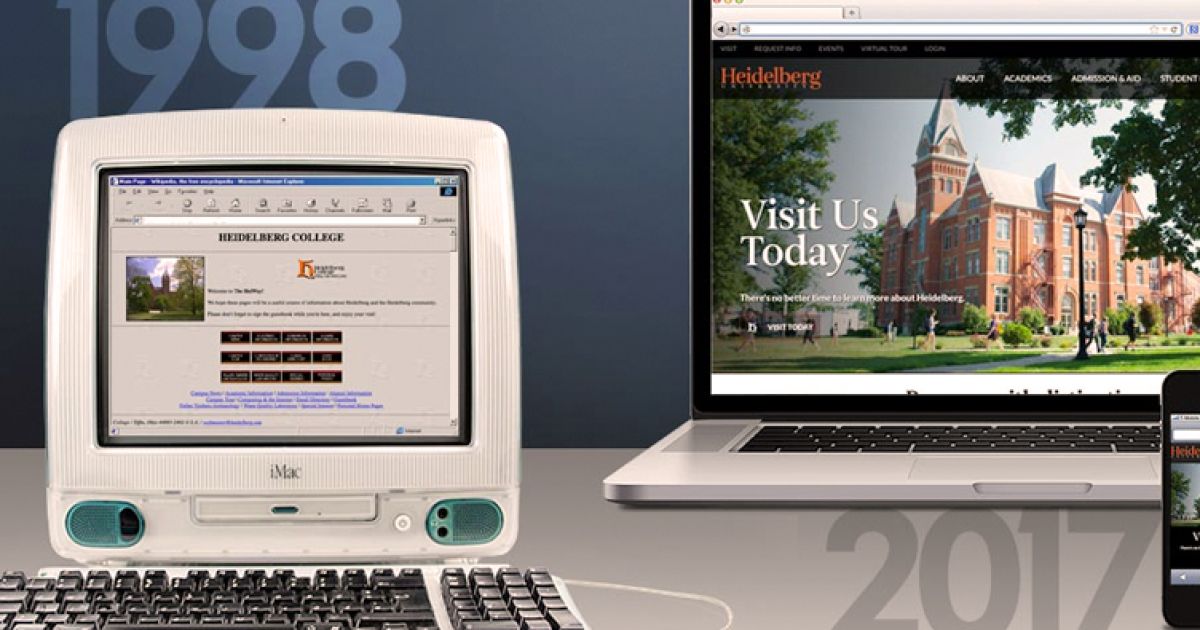If I had a dime for every time I asked myself this question, I’d be a bazillionaire.
In my 18 years at LMD, I’ve worked my way up from a Junior Designer to the Creative Director of Web Services. While my medium has mostly been two-dimensional design, I’ve collaborated with my fellow LMDers on logos, videos, motion graphics, product packaging, and much more. And with every project—whether it was a 24-hour-turnaround simple design tweak or a two-year, 18-revision-round website redesign marathon—I’ve asked myself and my colleagues, “Is this good design?”
It seems like such a simple question, but it has so many layers. Most people only use aesthetics—and subjective personal preferences—to determine their answer. Consumers tend to see good design as that which appeals to their senses. But professional designers (industrial, architectural, graphic, interior, motion, web, etc.) know that so much more goes into making that appeal. And in most situations with my own work, visual beauty is the last check mark on my list.
Through the Years
Through the years, LMD’s knowledge, experience, deliverables, techniques, processes, titles, roles, and even structure have all grown and evolved—as has web design and development. While the industry has moved from desktop-based, CSS-less sites to content-managed, multi-device web development, LMD’s core principles for creating functional, beautiful digital experiences have stood the test of time.
Good Design Principles
In the late 1970s, famed industrial designer Dieter Rams detailed his ten principles of good design. These principles specifically relate to his expertise in product design, but can be relied on as the foundation for modern, effective design in any discipline. They apply to concepts for a product package, a logo, a website, and even a radio script. LMD’s Web Services department uses Rams’ principles as inspiration for delivering outstanding and successful web-based products. Here are our seven design principles, inspired by Dieter Rams:
1) Good design is user-oriented. Usability goals, characteristics, environment, and personas drive how we make decisions about each web design we create.
2) Good design is honest. Websites should deliver on their promises. Honesty develops trust. And trust builds brands.
3) Good design focuses on the details. Rams said it best: even in web design, “Nothing must be arbitrary or left to chance. Care and accuracy in the design process show respect towards the user.” LMD gives careful consideration to each decision we make about speed, context, content, size, layout, hierarchy, placement, font, accessibility, and color.
4) Good design is innovative. Marrying form and function is an absolute. And with robust functionality comes modern development that provides consumers with a useful, complete product. Today's web technologies are evolving at near-light speed, bringing the promise of a seamless digital experience ever closer to reality.
5) Good design makes a website useful. Good design emphasizes the usefulness of an online experience while minimizing all the necessary noise. Well-placed and smartly designed calls-to-action drive users to the most important information.
6) Good design is as little design as possible. Less is more—especially in 2017, where the mobile experience dominates many markets. Concentrate on the essential tasks to meet your goals. When in doubt, simplify.
7) Good design is aesthetic. Again, to quote the inimitable Rams: “The aesthetic quality of a product is integral to its usefulness because products we use every day affect our person and our well-being. But only well-executed objects can be beautiful.”
Consistency
One of the first objectives a client wants to achieve with a new website, whether it’s a refresh or a full website redevelopment project, is a “clean and modern design.” LMD bases our creative solutions on this set of design principles that I’ve used as long as I can remember. We remain consistent with our execution and commitment to delivering excellent design with each and every project. And even though all of our designs are custom and vary greatly from client to client, our consistency leads to long-term partnerships.
Since 1998, I have continually asked the question, “Is this good design?” I’m confident that as long as we stick to our principles and the lessons learned over our many years of professional experience, the answer will always be a resounding, “YES!”

